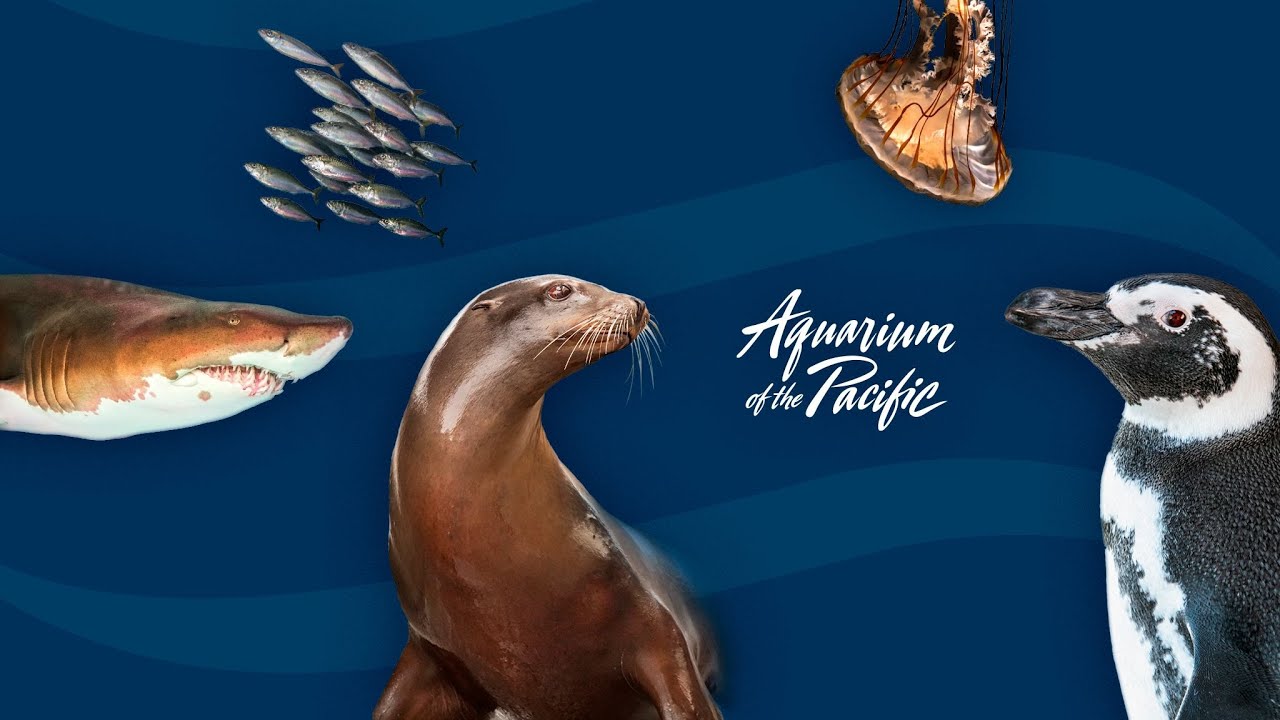- Overview of Moving and Grooving (Prek-K) in the context of zoology and the importance of nature-related activities for young learners.
- Exploring basic animal movement patterns and their biological significance.
- The role of zoos in educating children about wildlife conservation from an early age.
- Conservation education strategies employed in zoos to inspire environmental stewardship among young learners.
- Engaging technologies and creative methods used in early childhood natural science education to enrich the learning experience.
The concept of Moving and Grooving (Prek-K) is pivotal in embedding an early love for nature among children, integrating play-centered learning with foundational zoological concepts. It emphasizes the importance of active engagement in understanding animal movements, fostering environmental awareness from a formative age. This approach nurtures curiosity and respect for the natural world, setting the groundwork for lifelong conservation values.
Incorporating fun and interactive physical activities, Moving and Grooving (Prek-K) introduces basic movement patterns seen in the animal kingdom. From the gentle leap of a frog to the stealthy prowl of a panther, children explore how different animals move, learning about biomechanics and adaptation in the process. This immersive style of learning helps kids connect theoretical knowledge with real-world applications, supporting a deeper understanding of species’ adaptations for survival in various environments.
Zoos play a critical educational role in facilitating these early learning experiences. By offering dynamic and hands-on activities, zoos inspire young minds to ponder wildlife conservation. These encounters spark excitement and instill values that encourage respect for flora and fauna globally. Interactive displays and guided tours reveal not only the beauty of biodiversity but also the pressing need for its protection. This groundwork is essential as these lessons can shape personal values and decisions that benefit global ecosystems.
Effective conservation education for pre-kindergarten audiences demands inventive strategies tailored to their developing cognitive abilities. Techniques such as storytelling, puppet shows, and educational games are employed to convey core ideas in an age-appropriate manner. These methods help illustrate the impact of human actions on wildlife and underline our responsibility to preserve natural habitats. By integrating narrative with learning, children are more likely to retain and apply these lessons.
Modern zoos often incorporate technology and creative, multisensory methods to enhance Moving and Grooving (Prek-K) programs. Interactive applications and augmented reality provide digital windows into habitats far away, creating immersive experiences that bring the distant and diverse animal kingdom closer. These methods capture the students’ imagination and encourage exploration, breaking down barriers and making learning both accessible and compelling. Through this blend of traditional and technological educational tools, children’s natural interests are fostered, igniting a passion for conservation and zoology that can last a lifetime.
Moving and Grooving (Prek-K) elegantly combines active participation with educational material that is crucial to foundational understanding in zoology and wildlife conservation. By weaving movement, storytelling, and interactive technology into its framework, this program holds a transformative potential for young learners, cultivating a generation better equipped to cherish and protect their natural heritage. Zoos, as vital communities for wildlife education, continue to pioneer these initiatives, breathing life into the mission of preserving our planet’s biodiversity through the empowerment of its youngest inhabitants.
*****
Source Description
Swim like a shark, pulse like a jelly, and waddle like a penguin while we discover how animals in the ocean move.


